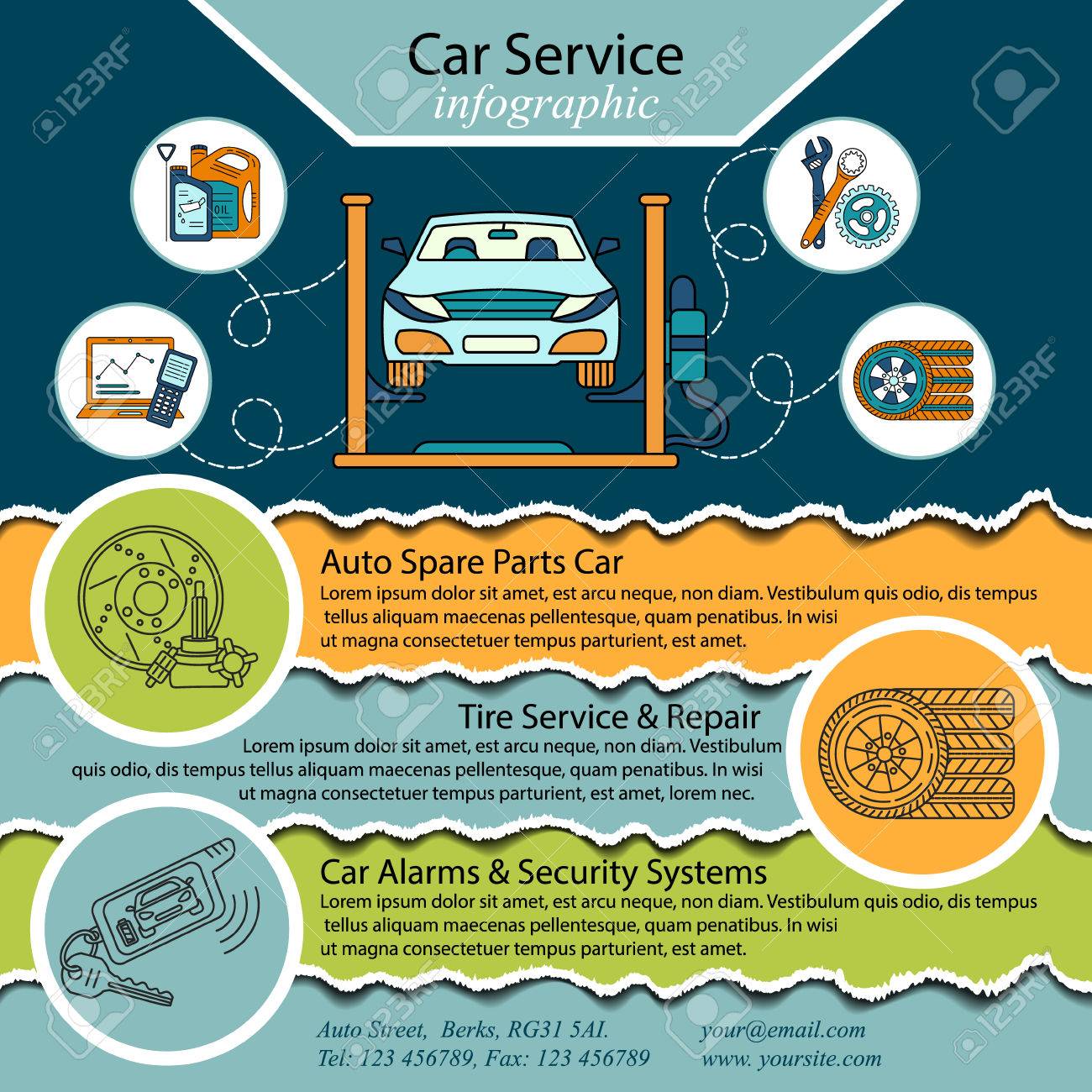Seeking Clearness On The Warning Lights Presented On Your Auto'S Control Panel? Learn Exactly How They Relate To Your Vehicle'S Health And Wellness
Seeking Clearness On The Warning Lights Presented On Your Auto'S Control Panel? Learn Exactly How They Relate To Your Vehicle'S Health And Wellness
Blog Article
see page By-Lauritsen Dalgaard
When you lag the wheel, those glowing caution lights on your control panel can be a bit complicated. Do you understand what they're attempting to tell you concerning your automobile's wellness? Comprehending the relevance of these lights is vital for your safety and security and the longevity of your vehicle. So, the next time one of those lights appears, wouldn't you want to analyze its message properly and take the necessary steps to resolve it?
Common Warning Lighting and Interpretations
Recognize common caution lights in your cars and truck and understand their significances to guarantee safe driving.
One of the most typical warning lights include the check engine light, which indicates issues with the engine or exhausts system. If this light comes on, it's vital to have your car examined promptly.
The oil pressure alerting light shows low oil pressure, needing immediate interest to stop engine damages.
A blinking battery light could suggest a damaged billing system, potentially leaving you stranded if not dealt with.
The tire stress tracking system (TPMS) light alerts you to low tire stress, influencing automobile stability and fuel performance. Neglecting this could lead to harmful driving problems.
The ABS light indicates an issue with the anti-lock stopping system, endangering your capacity to quit promptly in emergency situations.
Last but not least, the coolant temperature level advising light warns of engine overheating, which can lead to serious damages otherwise solved quickly.
Understanding these common warning lights will certainly aid you address concerns promptly and preserve secure driving conditions.
Importance of Prompt Focus
Understanding the common warning lights in your cars and truck is just the initial step; the significance of promptly attending to these cautions can not be emphasized sufficient to ensure your security on the road.
When a warning light illuminates on your control panel, it's your vehicle's way of interacting a potential issue that requires interest. Disregarding these cautions can lead to more serious problems down the road, endangering your safety and potentially costing you much more in repairs.
https://johnathanhbwrl.blog-ezine.com/32213713/just-how-mobile-auto-outlining-solutions-can-save-you-time-and-money to cautioning lights can avoid breakdowns and mishaps. For example, a blinking check engine light might show a misfire that, if left unattended, might create damage to the catalytic converter. Resolving this immediately can conserve you from a pricey fixing.
Likewise, a brake system warning light may signal reduced brake liquid or worn brake pads, vital components for your safety and security when driving.
Do It Yourself Troubleshooting Tips
If you see a caution light on your dashboard, there are a couple of DIY fixing pointers you can try before seeking expert assistance.
https://paultan.org/2022/03/25/proton-spare-parts-shortage-fix-fast-moving-and-accident-repair-parts-to-be-stocked-up-by-end-of-june/ is to consult your cars and truck's guidebook to comprehend what the particular caution light shows. Sometimes the problem can be as simple as a loose gas cap triggering the check engine light. Tightening the gas cap might settle the trouble.
An additional common concern is a low battery, which can activate numerous alerting lights. Examining the battery links for deterioration and ensuring they're safe could deal with the issue.
If a caution light lingers, you can attempt resetting it by separating the automobile's battery for a couple of minutes and then reconnecting it. Additionally, inspecting your car's fluid degrees, such as oil, coolant, and brake fluid, can aid troubleshoot advising lights associated with these systems.
Final thought
In conclusion, recognizing your car's warning lights is essential for maintaining your vehicle running efficiently and securely. By immediately addressing these alerts and knowing what they suggest, you can prevent expensive repairs and prospective break downs.
Bear in mind to consult your automobile's manual for particular information on each cautioning light and take action appropriately to guarantee a trouble-free driving experience.
Stay educated, stay safe on the road!
